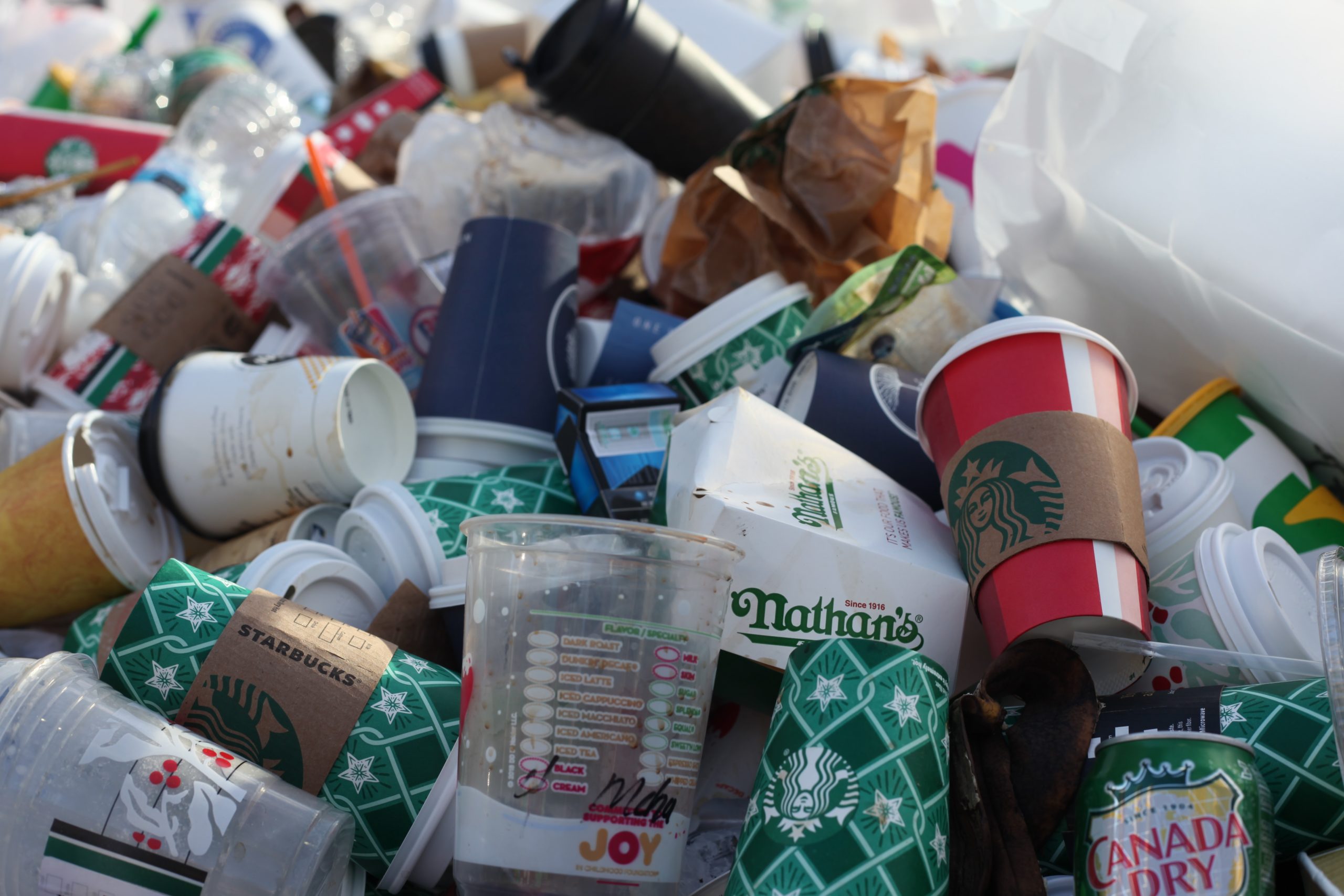If you follow news on the environment, you may feel swamped with grim forecasts and warnings about rising temperatures or horrifying air pollution. Given this concerning state, it’s easy to let the positive news slip by—but it doesn’t have to be that way. Whether it involves cleaner energy or better use of materials, these countries are harnessing their resources and working towards a greener economy.
Clean Energy
Within the United States, we are successfully shifting away from coal and towards a cleaner future. In fact, a study conducted in 2019 demonstrated that use of renewable energy has surpassed energy derived from coal. This was the first time that anything similar has happened since 1885.
Costa Rica is hoping to achieve 100% carbon neutrality in 2021. Their powerful waterfalls and sunny climate provide hydroelectric and solar power; this has helped them achieve over 90% electricity from renewables over the last seven years. Denmark, known as the largest oil producer in the European Union, plans to stop oil exploration in the Danish North Sea and phase out oil production by 2050. A noble economic sacrifice, this decision will set them back 150 million barrels of oil and cost approximately $2.1 billion. They have strong examples to follow in Scandinavia, as Iceland and Norway
harness resources such as hydropower to produce 99% and 98% of their electricity from renewables, respectively.
Noor-Ouarzazate Solar Station, the largest solar plant in the world, was recently installed in Morocco. Comparable to 3,500 soccer fields in size, the impressive plant incorporates innovative technology to supply energy to 2 million people living across the country.
A duo of solar and photovoltaic plants— reportedly the largest in Southeast Asia— began
producing power in Vietnam in January 2021. Meanwhile, the Lomligor wind power plant and energy storage system was financed and will be built in
The sunny land down under, Australia, is installing a record amount of solar and wind power, as of September 2020. Approximately one in four homes across the country are producing solar energy.

Waste Less, Innovate More
As part of their plan to achieve zero plastic waste by 2030, Canada is enacting a nationwide ban on six types of single-use plastics. Under this thoughtful ban, items such as plastic checkout bags, straws, and six-pack rings will not be available anymore. It is expected to be finalized sometime by the end of 2021. Annually, the country is responsible for about 3 million tons of plastic waste. With these numbers, this ban is arguably an excellent step towards a cleaner, healthier environment.
At the end of 2020, India initiated a movement to reduce plastic waste—replacing plastic cups with traditional, biodegradable clay cups called “kulhads” to serve tea in train stations. To put this into perspective, it will go into effect within 7,000 stations across the country; over 20 million people travelled by train before Covid-19. Annually, India is responsible for approximately 9.46 million tons of
plastic waste; almost half is used for packaging. This is a significant step towards cleaning the environment while maintaining cultural traditions.
Reclaimers, a group of people who silently, tirelessly pick and recycle waste, are making a profound impact in South Africa. Their efforts recycle approximately 90% of used packaging and paper. South Africa achieved a nearly 60% recycling rate in 2019.
Switzerland has placed ZERO waste into landfills since 2000. While the country generates 90 million tons of waste each year, they have achieved a 50% recycling rate, with the remaining 50% used to generate energy. To accomplish this outstanding feat, Switzerland has implemented a “polluter pays” principle and an educational campaign to empower their people to lead a sustainable lifestyle.
Creating Greener Spaces
Italian architect Stefano Boerri has revealed an impressive design for a sustainable forest city near Cancun, Mexico. While it is still in progress, the design features millions of plants and a circular economy to absorb carbon dioxide and establish a balance between the needs of humans and nature.
You’ve likely heard of this problem before— the lack of green spaces in urban areas leads to increased temperatures, poor air quality and illness. Paris plans to combat this by turning the historical and cultural hotspot Champs-Élysées avenue to a magnificent garden, with the first stage completed by 2024.
Bhutan was recognized as the first carbon-negative country in 2017, absorbing almost three times as much carbon dioxide as they produce. They achieved this impressive status through their well-maintained forests and careful constitution, which requires that the country keeps at least 60% forest cover.
While many developments may be subject to change, it is clear that our world does care about sustainability and many nations are taking meaningful steps towards a greener economy. Let’s appreciate the individual efforts, and look up to these great examples of protecting the environment!
Keep up with all of Green Living‘s original content online and on social media.





